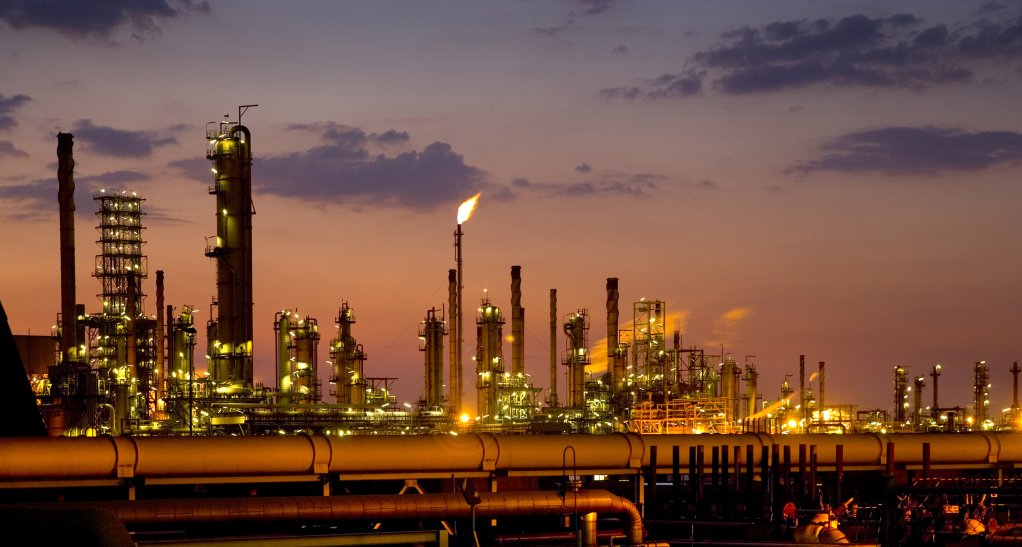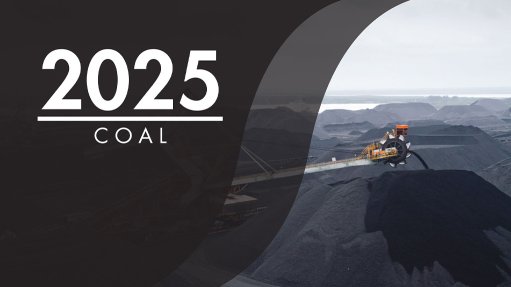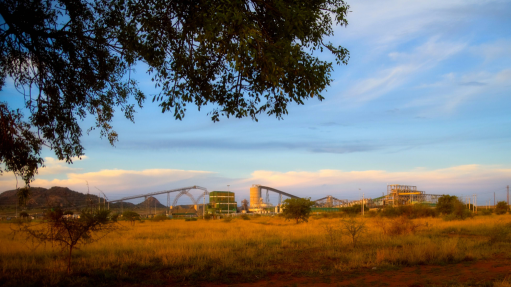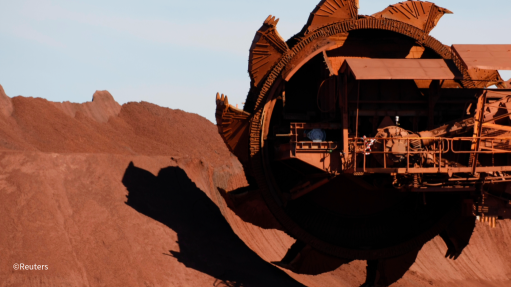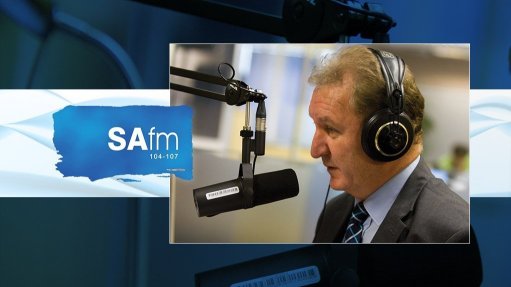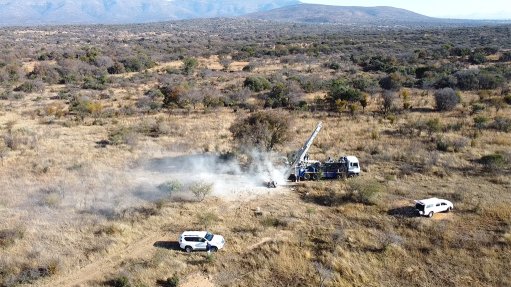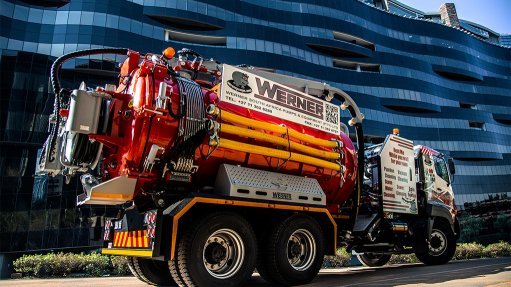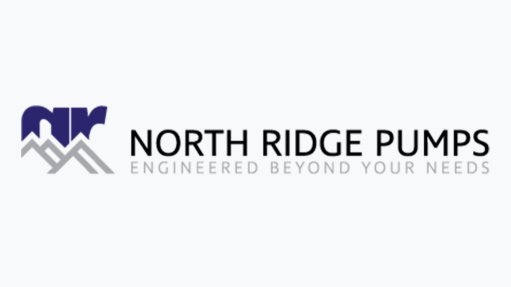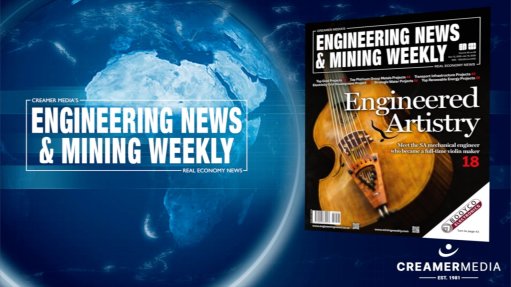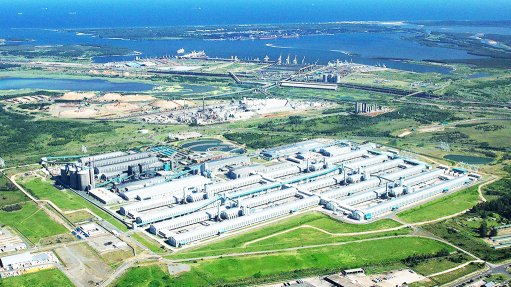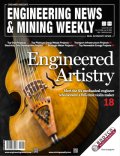Sasol cuts emissions-reduction capex as it confirms rejigged plan
JSE-listed Sasol has confirmed significant changes to its emission reduction roadmap (ERR), while also announcing material reductions to its capital expenditure requirements for implementing the roadmap.
The updated ERR would be fully unpacked at the group’s upcoming capital markets day, and would likely come under intense scrutiny as was the case with its previous plan.
In his interim results presentation, CEO Simon Baloyi insisted that no adjustment had been made to the JSE-listed group’s goal of reducing its global greenhouse-gas emission footprint by 30% by 2030.
However, he said that changes had been made to the ERR, which had enabled the group to lower its capital requirements to between R11-billion and R16-billion rand, from its previous range of between R15-billion and R25-billion.
“There is still potential for further reductions as we continue to optimise our roadmap,” he added.
Besides the decarbonisation target, the ERR was still premised on Secunda achieving air quality compliance, he reported.
However, it no longer catered for a possible reduction in Secunda’s output to ensure the targets were met.
Instead, the group was working on various initiatives, including a coal destoning project, to raise the Mpumalanga refinery’s yearly production, which had fallen in recent years, largely on the back of coal quality problems.
Secunda uses coal and gas as a feedstock to produce fuels and chemicals.
By 2030, the roadmap envisaged yearly output of 7.2-million tons, which represented a significant step up from the previously communicated 6.7-million tons.
The key change in the ERR relates to the envisaged future role of gas, with Sasol no longer intending to source liquefied natural gas (LNG) to displace coal feedstock and to supplement tapering Mozambican supply.
Sasol will continue to import gas from southern Mozambique until 2034, but has indicated it would no longer be in a position to supply South African industrial customers with gas from the middle of 2028 and has argued that this “gas cliff” will have to be mitigated through LNG imports.
“Initially our roadmap was built on four key levers which included the use of LNG as a transition feedstock.
“As we said before, the higher market pricing of LNG makes it uneconomical to use for own production,” Baloyi explained.
As natural gas declined, the group expected production to decrease beyond 2034 and it would then move to “optimise” the Secunda site to ensure it remained profitable.
Baloyi confirmed that one of the levers being amplified following the change in position on LNG related to integrating more renewable electricity than the 1 200 MW initially envisaged.
He told Engineering News & Mining Weekly that Secunda, which was connected to six powerlines and had significant substation infrastructure, could integrate at least 1 500 MW, but probably more.
The group had already signed power purchase agreements (PPAs) for 750 MW and would be pursuing several other supply options, including behind the meter generation, further corporate PPAs and the purchase of wheeled electricity from traders.
The electricity would replace supply from coal-fired boilers, the “turn down” of which had been “optimised” in the new ERR.
The other levers included energy efficiency, the integration of sustainable carbon feedstocks and carbon offsets.
Article Enquiry
Email Article
Save Article
Feedback
To advertise email advertising@creamermedia.co.za or click here
Press Office
Announcements
What's On
Subscribe to improve your user experience...
Option 1 (equivalent of R125 a month):
Receive a weekly copy of Creamer Media's Engineering News & Mining Weekly magazine
(print copy for those in South Africa and e-magazine for those outside of South Africa)
Receive daily email newsletters
Access to full search results
Access archive of magazine back copies
Access to Projects in Progress
Access to ONE Research Report of your choice in PDF format
Option 2 (equivalent of R375 a month):
All benefits from Option 1
PLUS
Access to Creamer Media's Research Channel Africa for ALL Research Reports, in PDF format, on various industrial and mining sectors
including Electricity; Water; Energy Transition; Hydrogen; Roads, Rail and Ports; Coal; Gold; Platinum; Battery Metals; etc.
Already a subscriber?
Forgotten your password?
Receive weekly copy of Creamer Media's Engineering News & Mining Weekly magazine (print copy for those in South Africa and e-magazine for those outside of South Africa)
➕
Recieve daily email newsletters
➕
Access to full search results
➕
Access archive of magazine back copies
➕
Access to Projects in Progress
➕
Access to ONE Research Report of your choice in PDF format
RESEARCH CHANNEL AFRICA
R4500 (equivalent of R375 a month)
SUBSCRIBEAll benefits from Option 1
➕
Access to Creamer Media's Research Channel Africa for ALL Research Reports on various industrial and mining sectors, in PDF format, including on:
Electricity
➕
Water
➕
Energy Transition
➕
Hydrogen
➕
Roads, Rail and Ports
➕
Coal
➕
Gold
➕
Platinum
➕
Battery Metals
➕
etc.
Receive all benefits from Option 1 or Option 2 delivered to numerous people at your company
➕
Multiple User names and Passwords for simultaneous log-ins
➕
Intranet integration access to all in your organisation



